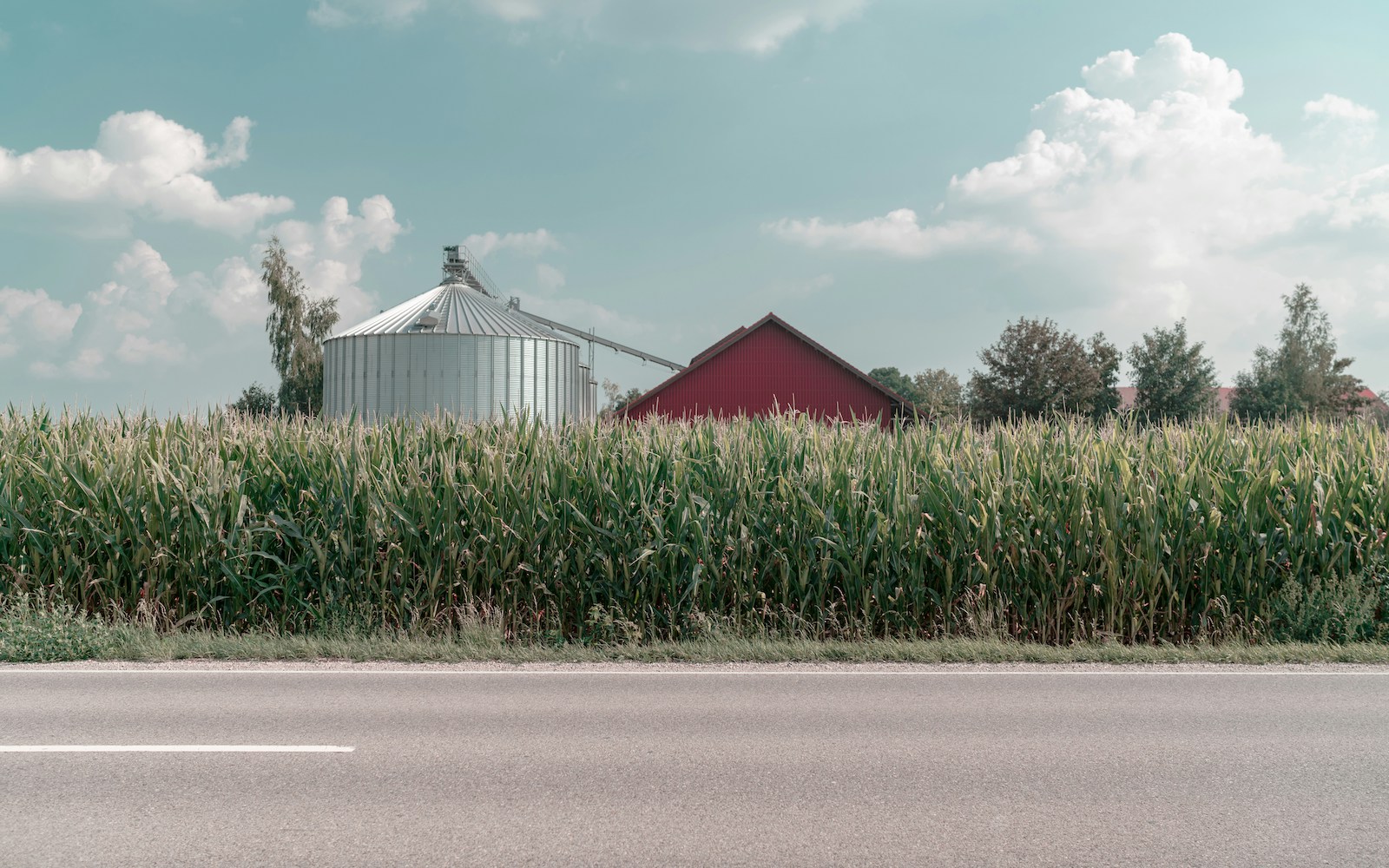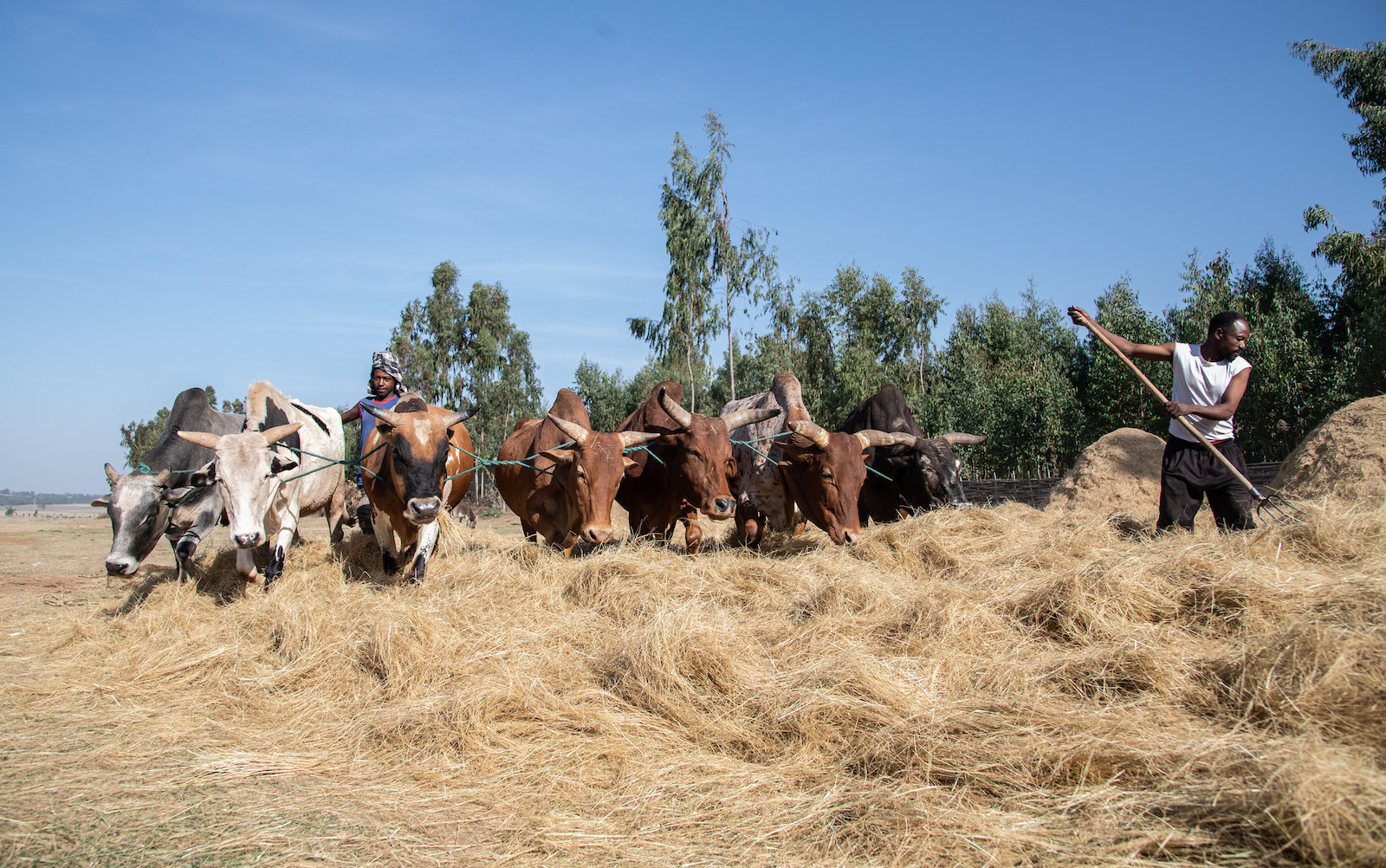Photo by Paweł Wiśniewski.
Wheat, corn, and rice currently account for 70% of the world’s crops and calories, but with rising temperatures, unpredictable rainfall, and soil degradation, traditional grain farming is facing a growing number of challenges. Higher temperatures directly impact crop yields, as many grains are sensitive to temperature fluctuations. Erratic rainfall patterns disrupt planting and harvesting cycles, while soil degradation diminishes nutrient levels and moisture retention, further reducing yields and making crops more susceptible to pests and diseases.
As climate change intensifies, diversifying our staple crops will be essential. Climate-resilient grains—designed or naturally bred to thrive in harsher conditions—are stepping in as a lifeline for a more resilient and sustainable agricultural future.
Ancient grains, modern benefits
Ancient and indigenous grains like millet, sorghum, and amaranth are making a comeback, and for good reason. These grains have thrived in hot, arid climates for centuries, making them naturally drought-resistant and heat-tolerant. Their extensive root systems allow them to access moisture from deeper soil layers, and their unique photosynthesis process helps them flourish in high temperatures and low carbon dioxide levels. Their rapid growth also helps them avoid prolonged exposure to extreme weather conditions.
Staples in traditional diets across Africa, Asia, and the Americas, these grains are now being rediscovered in more kitchens. In addition to their resilience, these grains are nutrient-dense. Millet, cultivated for over 4,000 years, has been used in various dishes, including porridges, bread, and beverages. Chef Marcus Samuelsson, for example, uses millet for oatmeal and risotto. Sorghum, a dietary staple in many African cultures, is versatile enough for both human consumption and livestock feed. Amaranth was revered by ancient civilizations like the Aztecs for its rich nutrients and spiritual significance and can be used in sweet bars or crackers called alegrías, or integrated into stews and drinks.

Photo by Julian Schöll
Emerging climate-resilient grains
Whether ancient or new, varieties like teff and Kernza are gaining attention for their environmental resilience and nutritional value. Teff is a drought-tolerant grain that can be grown in arid regions. In Nevada, researchers and farmers have been experimenting with teff, a staple from Ethiopia, as a drought-tolerant alternative. They have found that teff requires less water than wheat and adapts well to various growing conditions. Teff is a key ingredient in injera, but it’s also a gluten-free alternative for various dishes, including pizza, cookies, and pancakes. Teff also serves as an excellent substitute for livestock feed.
Kernza stands out as a perennial grain with deep roots that not only captures carbon but also prevents soil erosion. Since it doesn’t require annual planting, it reduces the need for frequent fertilizers, herbicides, and irrigation and presents a sustainable solution while mitigating climate impacts. Kernza is an excellent wheat substitute and has been making its way into various products on the market.
The future of climate-resilient grains also hinges on technological innovations. Genetic modification and biofortification can enhance grain resilience, improving yields and nutrient content. Techniques like vertical farming, which uses less water and land, and regenerative agriculture practices, which improve soil health, are crucial to sustaining grain production. Hydroponics–a soilless farming method–also allows crops like wheat to grow in environments deemed unsuitable for agriculture.

Farmers cultivating teff in Ethiopia. Photo by by ILRI/Georgina Smith
Challenges and future outlook
Despite their promise, scaling these grains isn’t without obstacles. Acceptance for lesser-known varieties can be slow, as consumers may be hesitant to try out something unfamiliar. Additionally, supply chains will need to adapt, as there are complexities in milling crops like Kernzaand developing appealing recipes. Researchers at the Bread Lab in Seattle, Washington, are actively working on producing high-quality bread using flour made from a diverse blend of wheat species. They underscore an important point: no matter how innovative the farming practices, they will falter if they don’t taste good.
Nonetheless, the movement toward resilient grains is gaining traction. Policies like the USDA’s endorsement of perennial grains as a conservation tool are promising, and effective collaboration among governments, researchers, and producers will be vital to ensure these grains take root in our food systems. Economically, these grains offer new opportunities for farmers in arid and marginal regions. They help communities adapt to the challenges posed by climate change, boost local economies, and allow agriculture in areas previously deemed unsuitable for farming.
As climate change continues to reshape agriculture, climate-resilient grains are emerging as a sustainable path forward. From ancient staples like millet and sorghum to innovative crops like Kernza, these grains can help secure our food future. By pairing them with forward-thinking farming techniques, we can cultivate a resilient agricultural system that meets the challenges of today and tomorrow.
